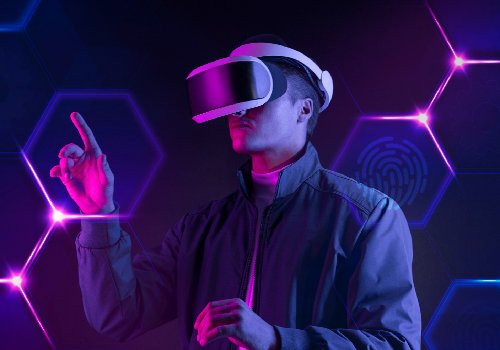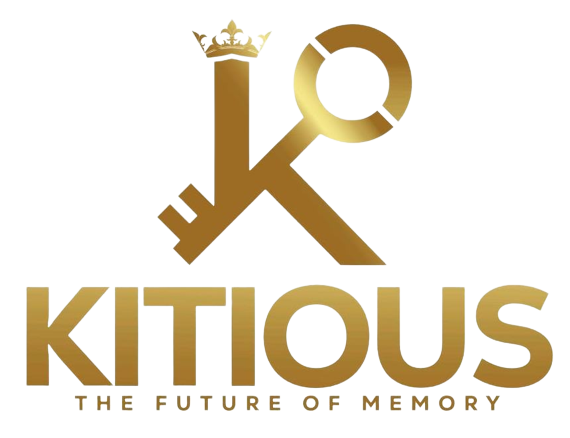Oil & Energy

Oil & Energy
The oil and energy industry has adapted to VR technology to train and reduce risks for engineers. The top oil and energy companies deploy VR technology to simulate oil facilities within training rooms. VR allows companies to design equipment digitally with utmost precision. It also helps the workforce to become well-trained to combat real-life issues. The team gets hands-on knowledge of offshore knowledge of drilling activities, making the workers get familiar with the situations in advance.
VR simulates the refinery equipment to help technicians quickly identify issues and render solutions. Oil and energy companies also use VR in their marketing and distribution channels. They use VR-enabled platforms to showcase fuel formation to the end-user so that consumers can virtually experience the complete fuel distribution value chain. Lastly, custom-designed VR technology helps to train workers for operational safety processes. Training in a simulated environment helps technicians manage hazards and unsafe actions better.
Process Training
Safety Training
Remote Collaboration
AI Connected Digital Twin
Using digital twins to create virtual versions of oil wells helps meet the operational issues and pretend the effects of a safe environment. Companies also simulate walkthroughs of facilities, field activities, and safety drill training. Overall it provides visualization, analytics, and integration abilities and enables automation and better collaboration.
